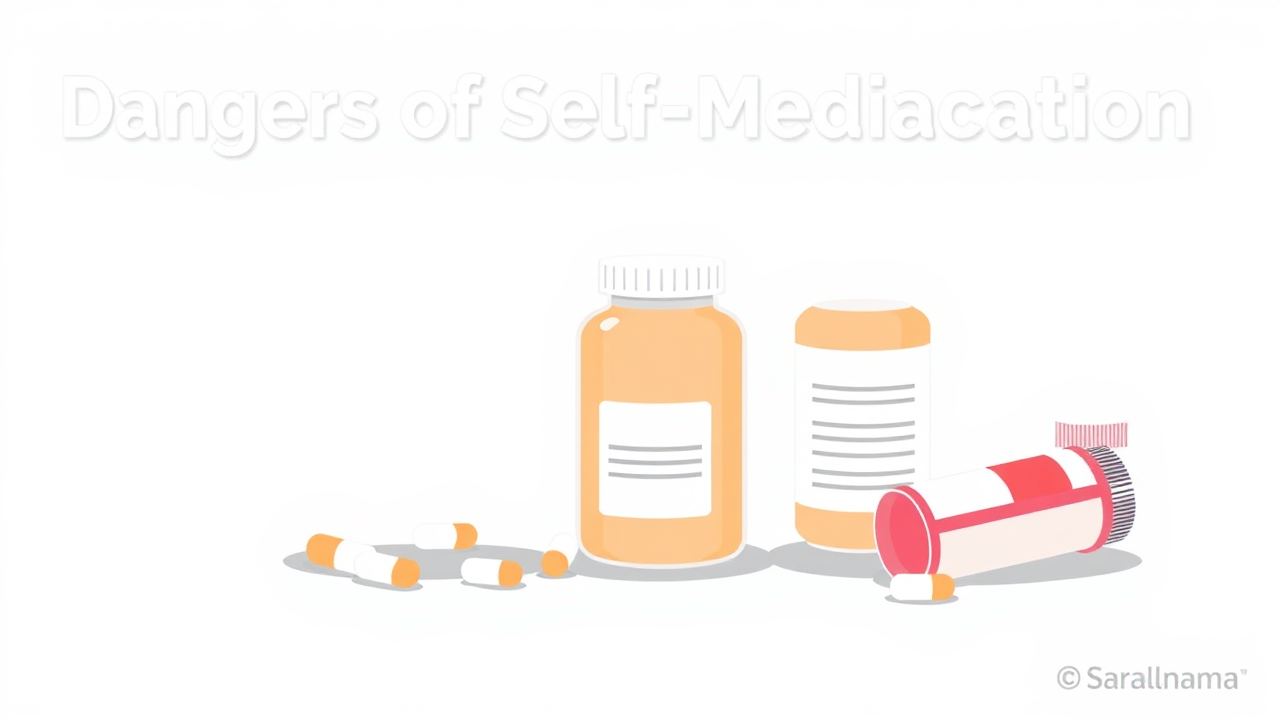Medicine packaging in India features coloured vertical lines as per government regulations to distinguish between different drug categories. Over-the-counter medicines display blue vertical lines, while Schedule H and H1 drugs carry red vertical lines, indicating they are prescription-only medications. This marking system is essential for public safety, especially considering that over 7,000 deaths occur annually in India due to incorrect medicine use or dosages. The red strip serves as a regulatory warning that these drugs require medical supervision and cannot be sold without a valid doctor's prescription. Dr Jagadish Hiremath, a public health expert, explains that these red-marked medicines include antibiotics, steroids, anti-anxiety medications, certain cough syrups, hormonal pills, and specific painkillers. Consuming such drugs without professional guidance can lead to serious health complications, including drug resistance, organ damage, hormonal imbalances, and even dependency.

Dangers of Self-Medication and Common Misconceptions
Taking prescription-only medicines without doctor evaluation can mask underlying health problems, cause drug resistance, or trigger dangerous interactions. Common side effects from self-medicating include allergic reactions, gastric irritation, hormonal imbalances, and mood changes. Continuous misuse can result in serious long-term complications such as antibiotic resistance, weakened bones, liver damage, or kidney and heart strain. A widespread misconception is that medicines previously used for similar symptoms remain safe to reuse without consultation. Dr Hiremath emphasizes that higher doses do not guarantee faster relief and warns that even simple painkillers can cause stomach ulcers or kidney issues when taken frequently without supervision. Prescription medicines remain effective only under qualified professional guidance.
Source: Link
